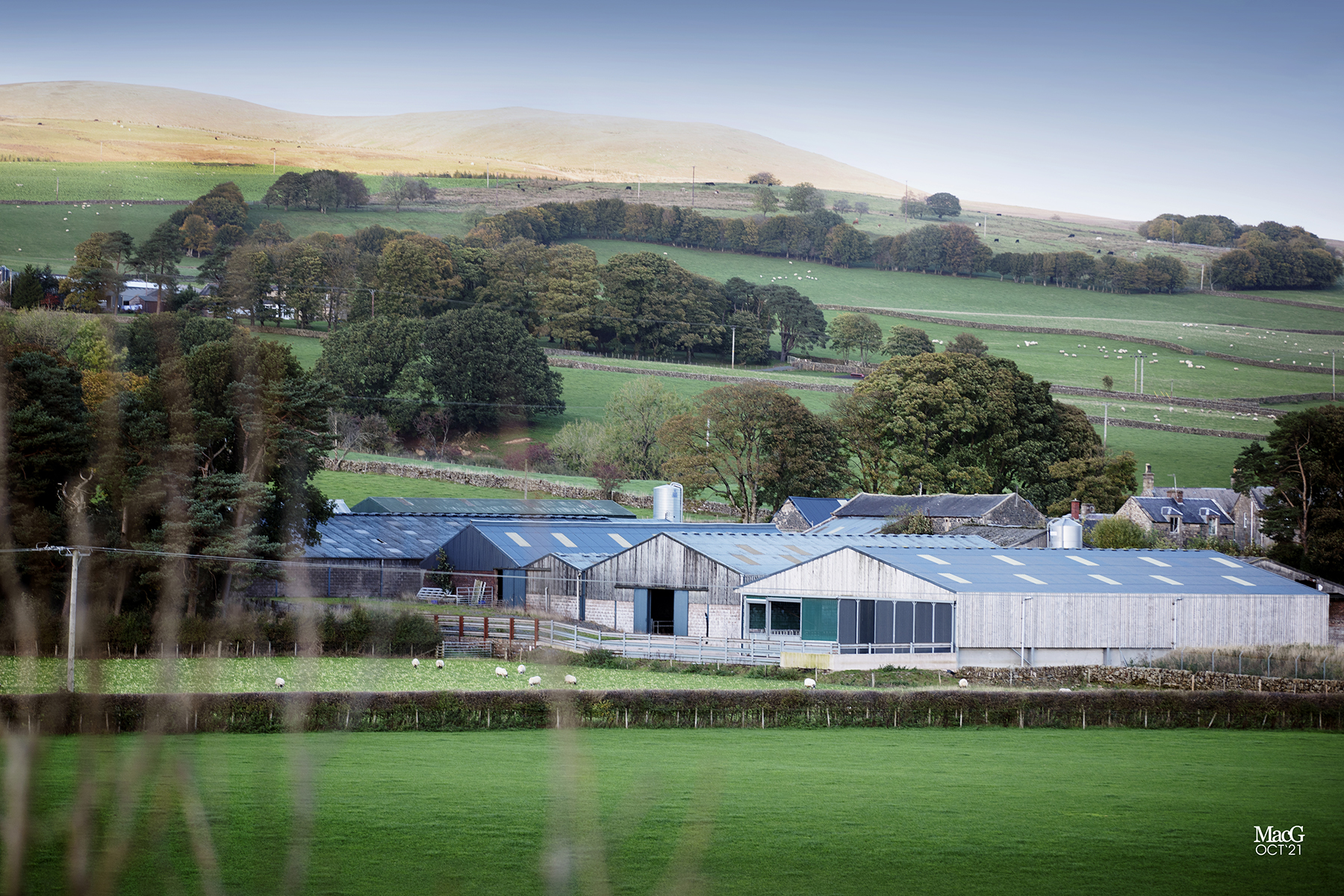
Dumfriesshire-based family, the Walkers, are working to expand their suckler system while keeping the environment at the forefront of their minds.
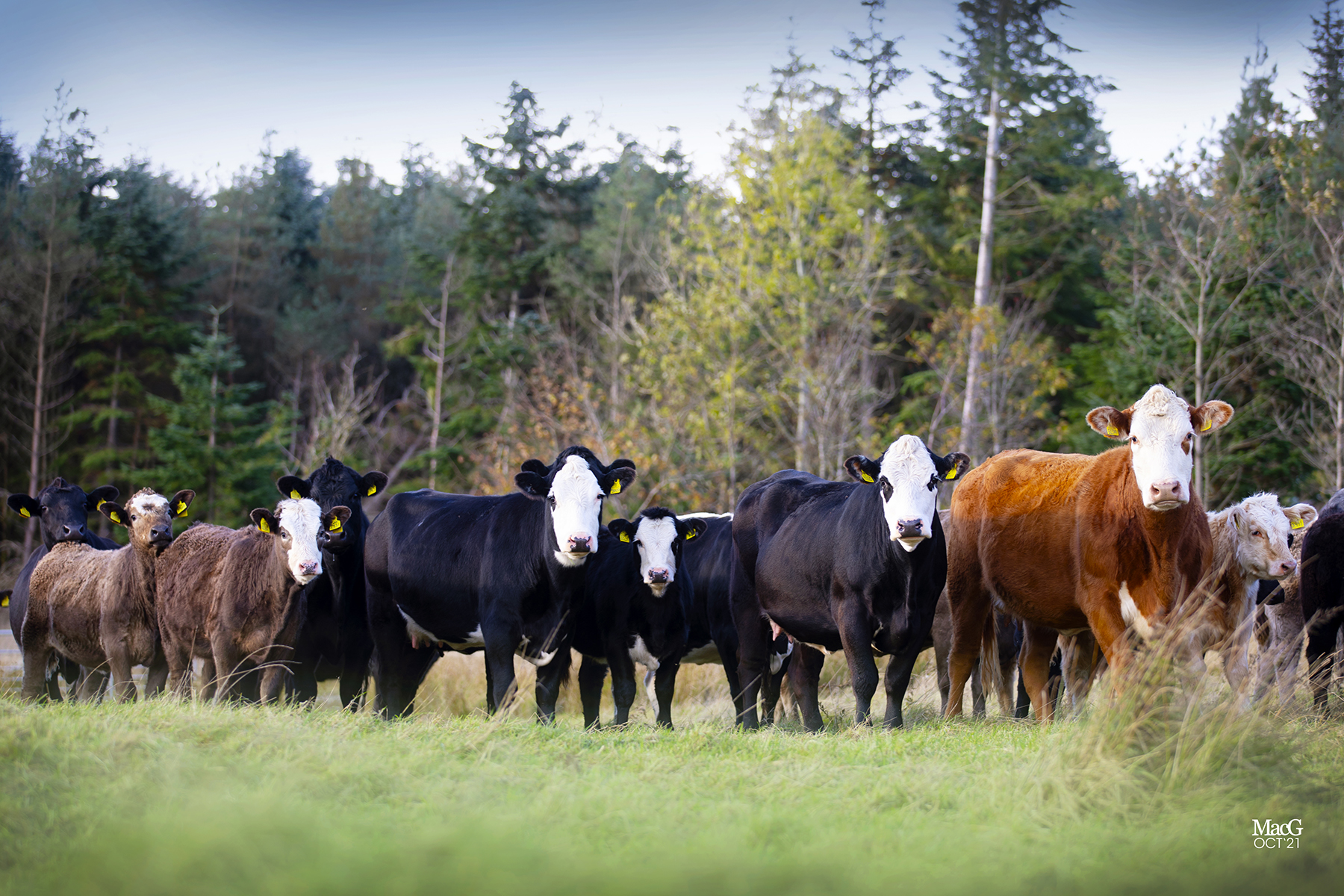
With the environmental impact of beef farming under constant scrutiny, it’s more important than ever for UK beef systems to be as efficient and sustainable as possible. It’s these factors which lie at the forefront of the Walker family’s farming philosophy across their three units in Dumfriesshire, where they have successfully integrated the Hereford breed into their set-up in recent years.
Michael Walker manages the running of the three neighbouring farms in Sanquhar – Drumbuie, Knockenjig and Tower – alongside his brother Stuart and parents Tina and Jim, a former NFU Scotland president.
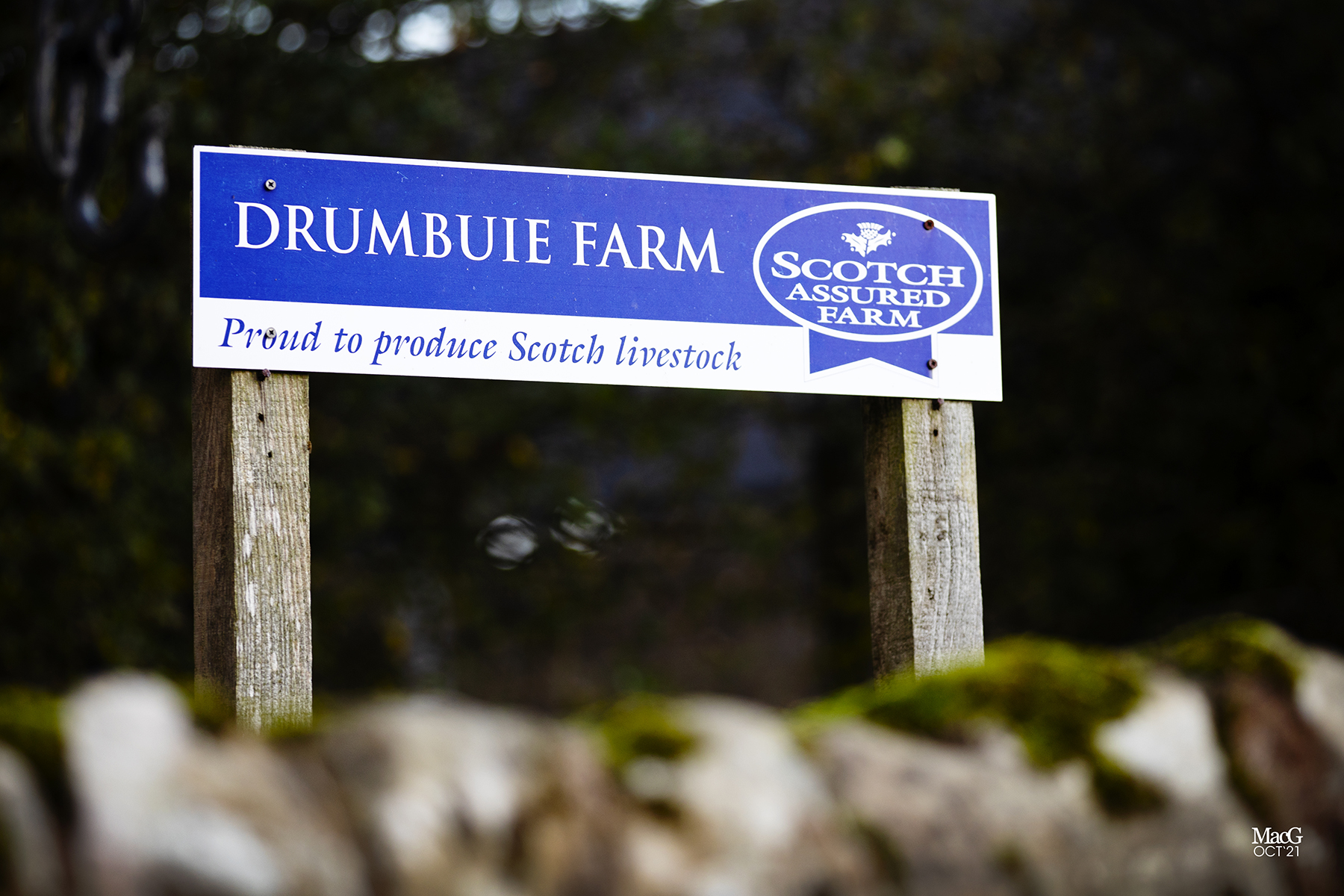
This year is the family’s 100th in Drumbuie Farm, while Tower was added to the enterprise in 1992 and Knockenjig in 2015. In all, the team, which includes a further six full-time staff, farm 1,821 hectares (4,500 acres), home to 2,500 Blackface and Mule ewes and 700 suckler cows.
The cattle system has changed considerably in the past six years, since the expansion of the business to include Knockenjig. Cattle numbers have doubled in that time and the steadings have been updated to ensure that calving can all take place in the spring, entirely indoors. Fitting all the cattle with EID tags has allowed the Walkers to develop a comprehensive performance recording system, aiding them in their quest to retain only the most sound and efficient cattle for breeding.
They breed all their own replacements consisting of 120 to 130 per year, with the females in the herd a mixture of Angus, Simmental and Hereford-crosses. There are also a herd of both pedigree Angus and Charolais kept for breeding bulls to use on the herd. Heifers are AI’d to calve at two years old to an Angus sire, while second calvers are AI’d with either Simmental or Hereford semen. Which bull the remainder of the cows go to, depends on whether they’re in a breed cycle for breeding replacement females or terminal cycle, or producing calves for selling.
Michael says: “We controlled internal drug release (CIDR) synchronise 400 cows each year to tighten the calving period as much as possible, with all bulls pulled out at the end of July. Calving starts the second week in February, until the middle of May, but with the high number of conceptions through AI, we’re calving around a third of the herd in 10 days.”
After calving, the cows are summered at grass, while the heifers go on to a paddock rotation on ground fit for silage making.
“It took a fair bit of time and effort to set up the paddock grazing, but it works really well, saves on feed costs and is a great way to best utilise the grass – we can grow plenty of grass here in the summer,” adds Michael.
To suit their ground and minimise feeding bills, the Walkers aim for a medium sized cow and use their recorded data to select females based on many factors including feet, temperament and weaning efficiency. They have found that the Hereford-crosses tick all the right boxes.
Michael explains: “There is a huge difference between feeding a 750kg cow compared to a 650kg cow. The Herefords are reaching 694kg at mature cow weight, so they are a perfect size for us. Last year, our 20 Hereford heifers all pelvic scored between 2.5 and 5 (moderate to excellent). This is one of the main reasons that we’re looking to increase the Hereford numbers – achieving a moderate sized, easy calving cow.”
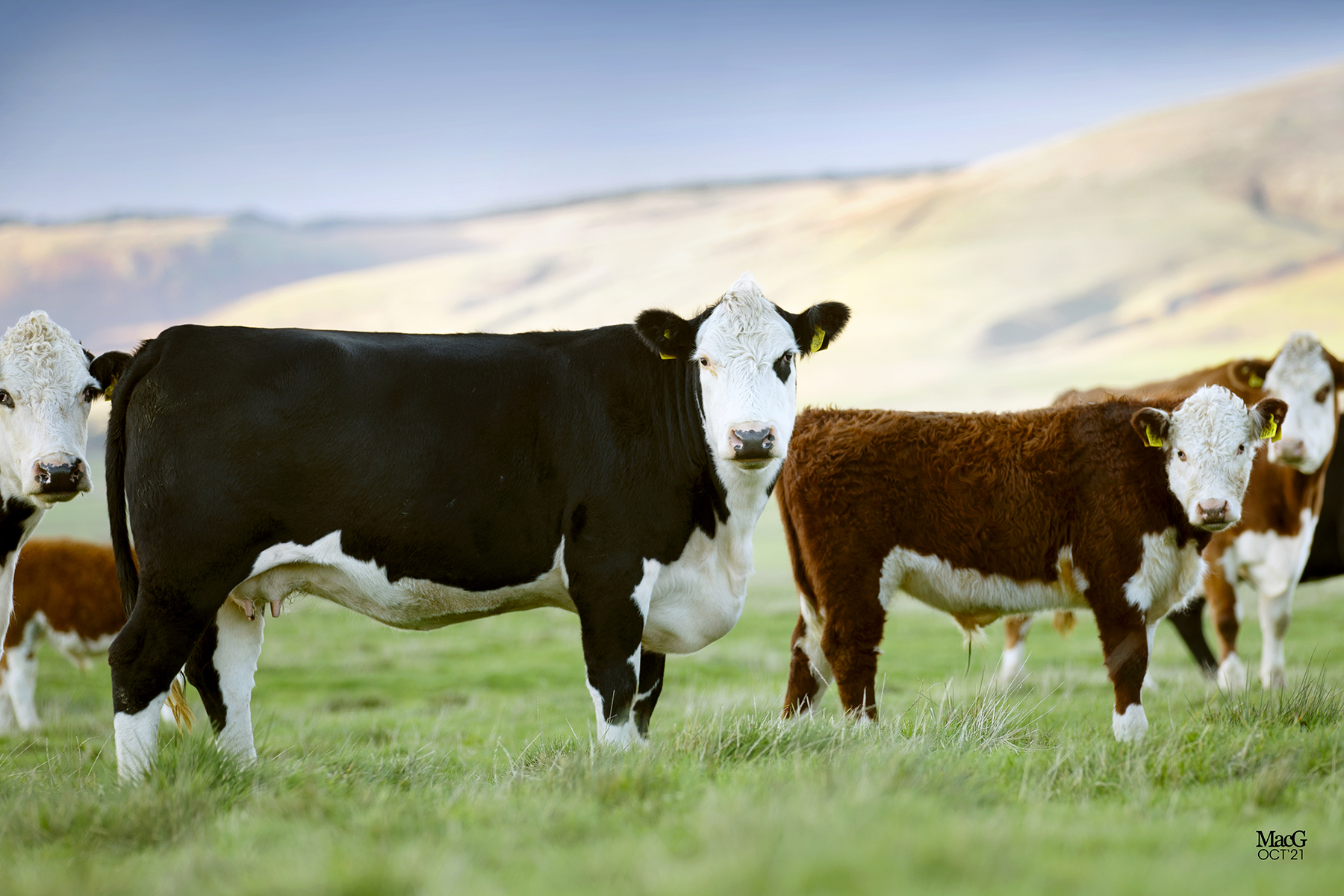
The family started using Hereford bulls in 2014 and currently have three among the team of stock bulls. The current sires in residence come from the Romany, Badlingham and Vexour herds, with birth weight and 200 and 400-day weight figures being some of the main selling points.
“At the moment, we’ll keep around 20 Hereford-cross heifers to join the herd each year and sell 30 to 40 Hereford-cross bullocks. They sell from 380 to 500kg at between eight and 11 months, with 1.2 to 1.3kg average daily weight gains recorded over the past few years,” says Michael.
Going forward, the team are looking to finish more calves on farm, having mainly sold them as stores until now. The tight calving period allows for uniform batches of calves, which are normally sold at 10 to 11 months old, weighing 400kg. The majority are sold to regular buyers, straight off the farm, with some going to Stirling Mart.
Michael adds: “We’re planning to finish a lot of the calves at 14 to 15 months, going forward. With the system that we now have in place, we’re able to work out exact finishing costs and with the genetics we are using our aim is to make it as cost effective as possible.”
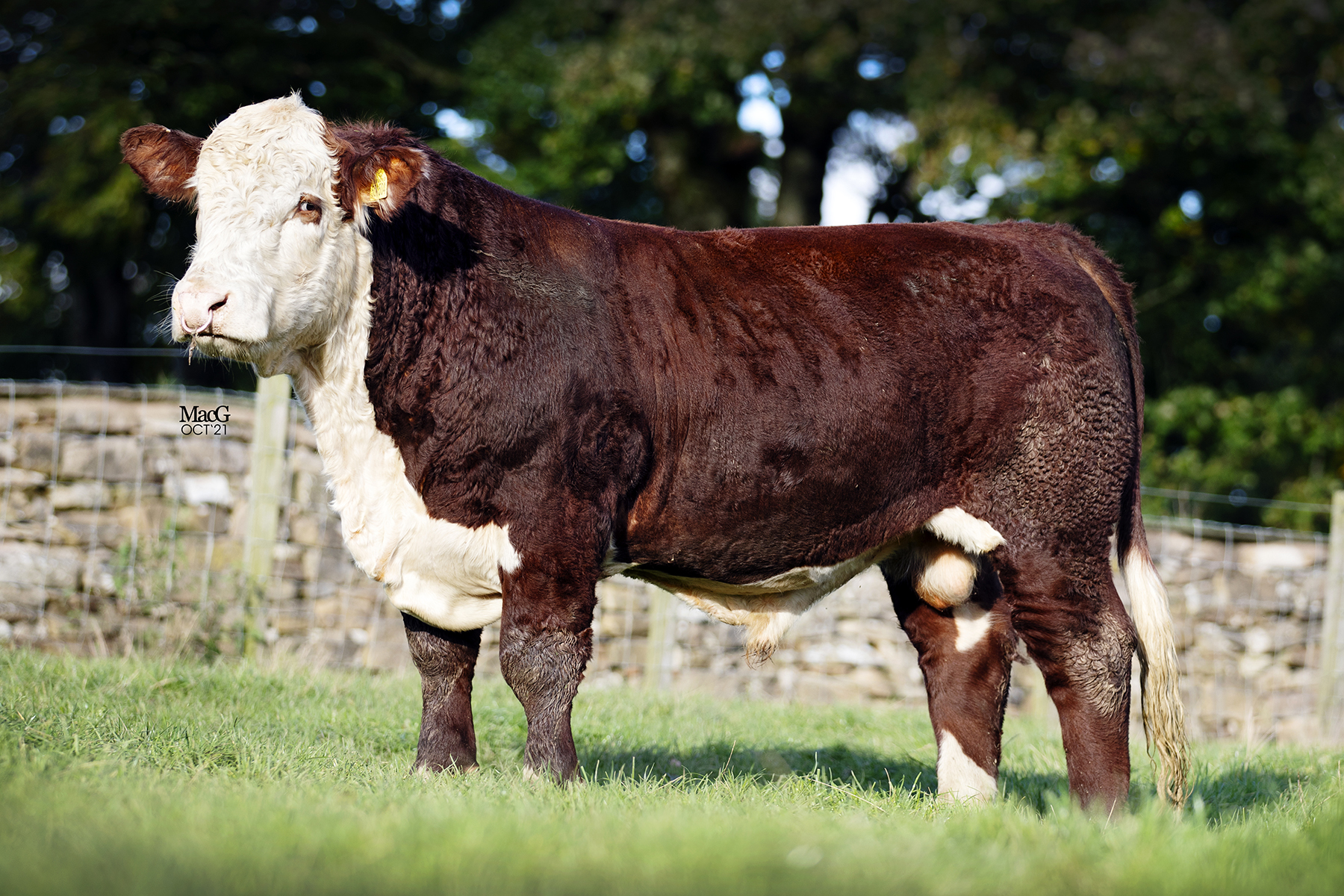
Before coming home to join the family business, Michael spent a year in Australia, initially visiting his sister, Alison, who lives in Sydney and then working on beef units out there. This experience opened his mind to modifications that could be made to the business to make it as productive and manageable as possible. Between spending time working out there and also visiting family, both Stuart and Michael have used subsequent trips to adapt ideas from overseas to large scale beef farming in the UK.
“We brought home a lot of ideas from Australia. All the cattle are now fitted with EID tags, which saves a huge amount of time when running them through the handling system and allows us to easily access and record information. We also switched to full TMR, which means we can now manage what the cows are eating more effectively. This saves on feed costs and has improved overall herd health,” Michael explains.
“We also looked at the way in which we utilise our grass and the impact that has environmentally in terms of carbon sequestration. We’ve brought in more technology to the day-to-day running of the business to allow us to be much more efficient with the use of our time but also the products we are using on farm,” he says.
“We are very much focussed on prevention rather than cure, which is a works far better strategy for the long-term health of the cattle and profitability of the business. Foot health is paramount and the cattle have their feet trimmed annually, whether they desperately need it or not,” adds Michael.
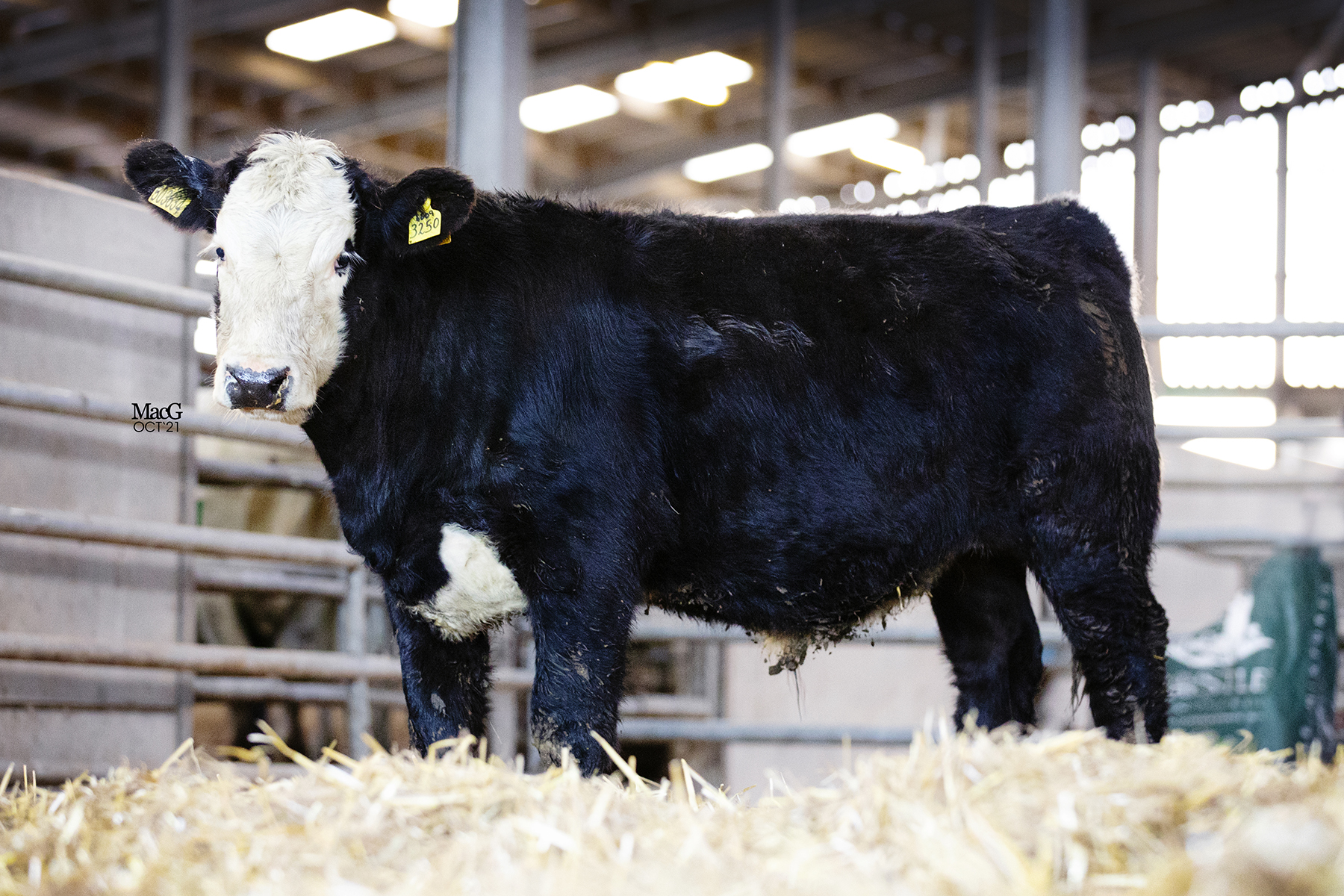
The team is very particular about hygiene; especially keeping pens clean during calving time and are mucked out once a week as a rule.
“We have made a lot of changes to the way we do things in recent years and a lot of it has meant more work initially for the staff. However, they’ve noticed themselves the improvements and it all saves time in the long-term and cuts down on future issues.”
With the future in mind, the Walkers have recently invested in GrowSafe technology, a system developed for large-scale units in the States, which measures the individual feed intake of each animal and uses that to work out the overall feed efficiency of that animal. GrowSafe feed troughs have been installed initially at Knockenig.
Michael explains: “The feed troughs read the EID tag and can measure exactly what that animal has eaten. The cattle are weighed when they go into the trial and weighed again at the end. With this information, we can accurately work out the feed conversion and efficiency of each animal, by the weight gain per kilo of feed eaten. We can turn around 80 animals every 42 to 50 days through the system.
“Every calf born in 2021 will go through that shed. We’re also DNA testing the entire herd, so we can use the information we’ve gained and follow the genotypes to help achieve the most efficient cow herd. Cattle that are most feed efficient, also produce less methane, which is a major factor in the current climate debate.”
In this pursuit for efficiency, Michael says they plan to continue to increase the Hereford numbers, as they’ve found the breed suits the herd’s ethos and they also achieve strong prices as cull cows at the end of their journey.
“The Herefords work well in our system; they do the job that we need them to. Feed efficiency is one of their best traits, so we’ll certainly be continuing to integrate them into the herd,” adds Michael.
